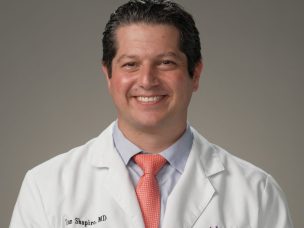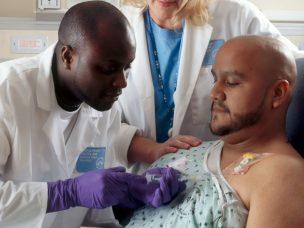Nonalcoholic fatty liver disease (NAFLD) is distributed heterogeneously across races and ethnicities. In particular, this condition disproportionately affects Hispanics. This article covers research into the inclusion of racial minorities in NAFLD clinical trials.
Data for this study were taken from English-language studies in North America ranging from 2005-2019. Racial and ethnic enrollment data were extracted from each eligible study for meta-analysis. The researchers computed pooled prevalence of different racial groups, with analyses based on a diagnosis of nonalcoholic steatohepatitis (NASH) and timing of study enrollment by ethnicity. Participant demographics were then compared to NAFLD population information.
Of the studies initially surveyed, 38 fit the criteria required for a systematic survey. The median age of participants was 49 years, and 56% of participants were female. Multiple treatment modalities were discussed in the surveyed articles, including medications, lifestyle intervention, surgery, and others. It was found that 73% of the studies included racial demographic information, and 45% included data on the Hispanic population. Of the patients enrolled in studies, only 11.6% were Hispanic.
The researchers concluded that rates of reporting on race and ethnicity were overall low in the studies surveyed. In addition to making further efforts to reach out to underrepresented racial and ethnic groups, standardized reporting on race and other demographic factors is needed moving forward [1].
Source:
[1] Patel, P., Muller, C., & Paul, S. (2020). Racial disparities in nonalcoholic fatty liver disease clinical trial enrollment: A systematic review and meta-analysis. World Journal of Hepatology, 12(8), 506–518. https://doi.org/10.4254/wjh.v12.i8.506










